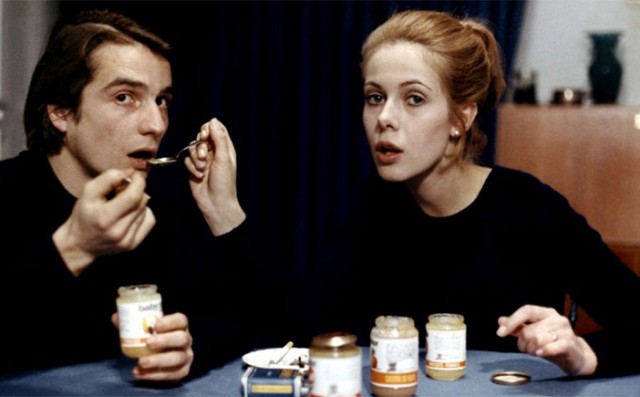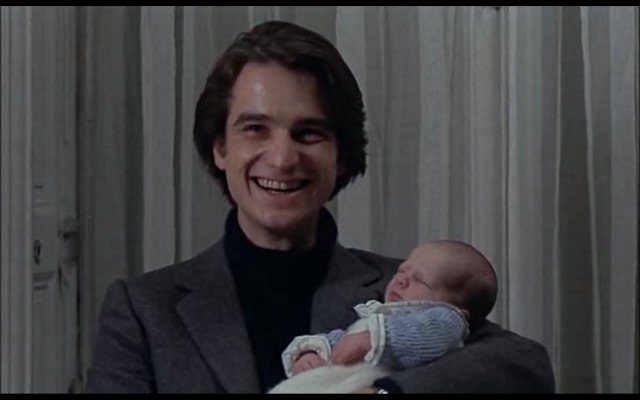A HARD DAY’S NIGHT (Richard Lester, 1964)
Film Forum
209 West Houston St.
Opens July 4, 12:45, 3:00, 5:10, 7:30, 9:45
212-727-8110
www.filmforum.org
www.thebeatles.com
 The Beatles are invading America again with the fiftieth anniversary restoration of their debut film, the deliriously funny anarchic comedy A Hard Day’s Night. Initially released on July 6, 1964, in the UK, AHDN turned out to be much more than just a promotional piece advertising the Fab Four and their music. Instead, it quickly became a huge critical and popular success, a highly influential work that presaged Monty Python and MTV while also honoring the Marx Brothers, Buster Keaton, Jacques Tati, and the French New Wave. Directed by Richard Lester, who had previously made the eleven-minute The Running Jumping & Standing Still Film with Peter Sellers and would go on to make A Funny Thing Happened on the Way to the Forum, Petulia, and The Three Musketeers, the madcap romp opens with the first chord of the title track as John Lennon, Paul McCartney, George Harrison, and Ringo Starr are running down a narrow street, being chased by rabid fans, but they’re coming toward the camera, welcoming viewers into their crazy world. (George’s fall was unscripted but left in the scene.) As the song blasts over the soundtrack, Lester introduces the major characters: the four moptops, who are clearly having a ball, led by John’s infectious smile, in addition to Paul’s “very clean” grandfather (Wilfrid Brambell, who played a dirty old man in the British series Steptoe and Son, the inspiration for Sanford and Son) and the band’s much-put-upon manager, Norm (Norman Rossington). Lester and cinematographer Gilbert Taylor (Dr. Strangelove or: How I Learned to Stop Worrying and Love the Bomb, Repulsion, Star Wars) also establish the pace and look of the film, a frantic black-and-white frolic shot in a cinema-vérité style that is like a mockumentary taking off from where François Truffaut’s 400 Blows ends.
The Beatles are invading America again with the fiftieth anniversary restoration of their debut film, the deliriously funny anarchic comedy A Hard Day’s Night. Initially released on July 6, 1964, in the UK, AHDN turned out to be much more than just a promotional piece advertising the Fab Four and their music. Instead, it quickly became a huge critical and popular success, a highly influential work that presaged Monty Python and MTV while also honoring the Marx Brothers, Buster Keaton, Jacques Tati, and the French New Wave. Directed by Richard Lester, who had previously made the eleven-minute The Running Jumping & Standing Still Film with Peter Sellers and would go on to make A Funny Thing Happened on the Way to the Forum, Petulia, and The Three Musketeers, the madcap romp opens with the first chord of the title track as John Lennon, Paul McCartney, George Harrison, and Ringo Starr are running down a narrow street, being chased by rabid fans, but they’re coming toward the camera, welcoming viewers into their crazy world. (George’s fall was unscripted but left in the scene.) As the song blasts over the soundtrack, Lester introduces the major characters: the four moptops, who are clearly having a ball, led by John’s infectious smile, in addition to Paul’s “very clean” grandfather (Wilfrid Brambell, who played a dirty old man in the British series Steptoe and Son, the inspiration for Sanford and Son) and the band’s much-put-upon manager, Norm (Norman Rossington). Lester and cinematographer Gilbert Taylor (Dr. Strangelove or: How I Learned to Stop Worrying and Love the Bomb, Repulsion, Star Wars) also establish the pace and look of the film, a frantic black-and-white frolic shot in a cinema-vérité style that is like a mockumentary taking off from where François Truffaut’s 400 Blows ends.
The boys eventually make it onto a train, which is taking them back to their hometown of Liverpool, where they are scheduled to appear on a television show helmed by a hapless director (Victor Spinetti, who would star in Help as well) who essentially represents all those people who are dubious about the Beatles and the sea change going on in the music industry. Norm and road manager Shake (John Junkin) have the virtually impossible task of ensuring that John, Paul, George, and Ringo make it to the show on time, but there is no containing the energetic enthusiasm and contagious curiosity the quartet has for experiencing everything their success has to offer — while also sticking their tongues out at class structure, societal trends, and the culture of celebrity itself. Lester and Oscar-nominated screenwriter Alun Owen develop each individual Beatle’s unique character through press interviews, solo sojourns (the underappreciated Ringo goes off on a kind of vision quest; George is mistaken by a fashion fop for a model), and an endless stream of spoken and visual one-liners. (John sniffs a Coke bottle; a reporter asks George, “What do you call your hairstyle?” to which the Quiet One replies, “Arthur.”) Oh, the music is rather good too, featuring such songs as “I Should Have Known Better,” “All My Loving,” “If I Fell,” “Can’t Buy Me Love,” “I’m Happy Just to Dance with You,” “This Boy,” and “She Loves You.” The working name for the film was Beatlemania, but it was eventually changed to A Hard Day’s Night, based on a Ringo malapropism, forcing John and Paul to quickly write the title track. No mere exploitation flick, A Hard Day’s Night is one of the funniest, most influential films ever made, capturing a critical moment in pop-culture history and unleashing four extraordinary gentlemen on an unsuspecting world. The fiftieth-anniversary restoration, courtesy of Janus Films, is screening July 4-17 at Film Forum; don’t you dare miss this glorious eighty-five-minute explosion of sheer, unadulterated joy.
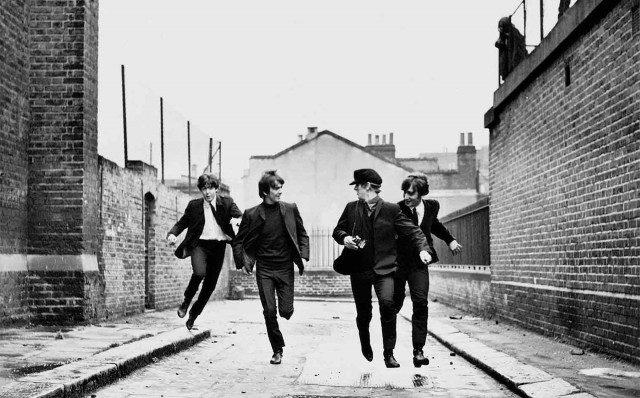
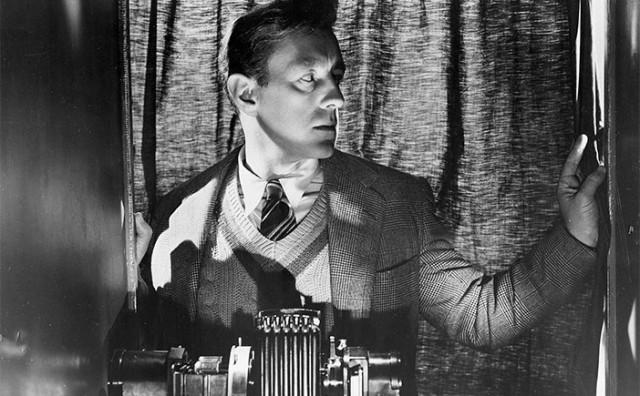

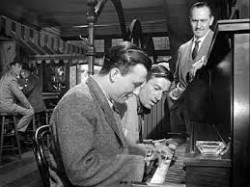
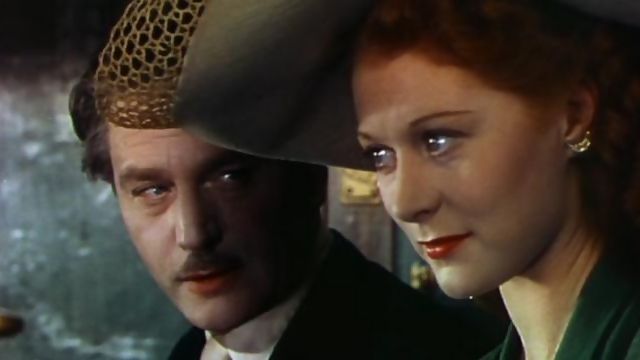
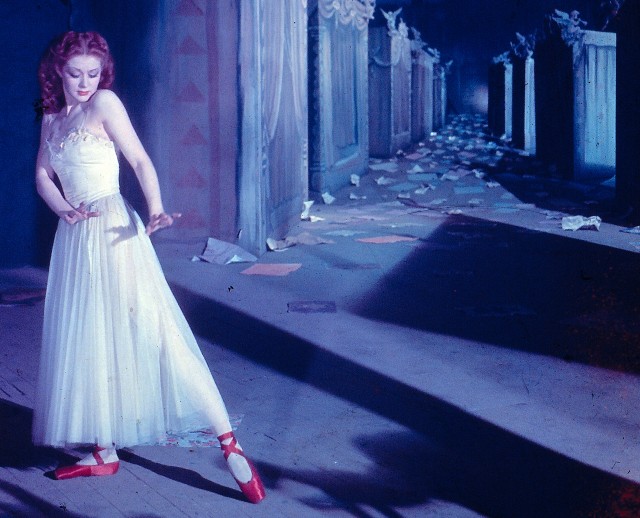
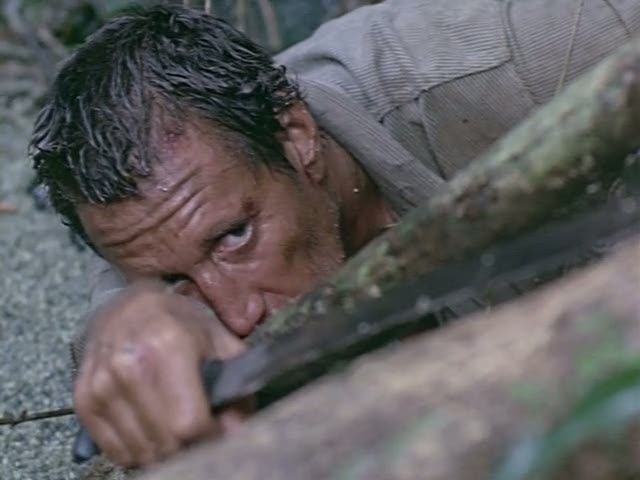
 In the mid-1970s, Chicago-born director William Friedkin was riding high, earning an Oscar for The French Connection and another nomination for The Exorcist, two huge critical and box-office successes. For his next film, he decided to reimagine a seminal work that had had a profound influence on him, Henri-Georges Clouzot’s haunting 1953 suspense thriller, The Wages of Fear. “It turned out to be the most difficult, frustrating, and dangerous film I’ve ever made, and it took a toll on my health as well as my reputation,” Friedkin wrote in his 2013 memoir, The Friedkin Connection. Friedkin’s adaptation of Clouzut’s classic, itself based on a novel by Georges Arnaud, follows four unlikable men — a thief (Roy Scheider), a hit man (Francisco Rabal), an embezzler (Bruno Cremer), and a terrorist (Amidou) — hiding out under fake identities in a depressed, nowhere village in South America. When a nearby oil well catches fire, the company needs four men to drive two rickety trucks more than two hundred miles over treacherous terrain to deliver cases of rotting, highly unstable dynamite that will be used to blow the whole thing up and put out the fire. Oil man Corlette (Ramon Bieri) is sending two trucks — dubbed “Lazaro” and “Sorcerer” — because he thinks only one, if any, will make it through. The journey includes a harrowing twelve-minute scene as the men try to navigate a dilapidated rope bridge in a rainstorm as well as a psychedelic trip through a fantastical landscape (shot in the Bisti Badlands in New Mexico).
In the mid-1970s, Chicago-born director William Friedkin was riding high, earning an Oscar for The French Connection and another nomination for The Exorcist, two huge critical and box-office successes. For his next film, he decided to reimagine a seminal work that had had a profound influence on him, Henri-Georges Clouzot’s haunting 1953 suspense thriller, The Wages of Fear. “It turned out to be the most difficult, frustrating, and dangerous film I’ve ever made, and it took a toll on my health as well as my reputation,” Friedkin wrote in his 2013 memoir, The Friedkin Connection. Friedkin’s adaptation of Clouzut’s classic, itself based on a novel by Georges Arnaud, follows four unlikable men — a thief (Roy Scheider), a hit man (Francisco Rabal), an embezzler (Bruno Cremer), and a terrorist (Amidou) — hiding out under fake identities in a depressed, nowhere village in South America. When a nearby oil well catches fire, the company needs four men to drive two rickety trucks more than two hundred miles over treacherous terrain to deliver cases of rotting, highly unstable dynamite that will be used to blow the whole thing up and put out the fire. Oil man Corlette (Ramon Bieri) is sending two trucks — dubbed “Lazaro” and “Sorcerer” — because he thinks only one, if any, will make it through. The journey includes a harrowing twelve-minute scene as the men try to navigate a dilapidated rope bridge in a rainstorm as well as a psychedelic trip through a fantastical landscape (shot in the Bisti Badlands in New Mexico).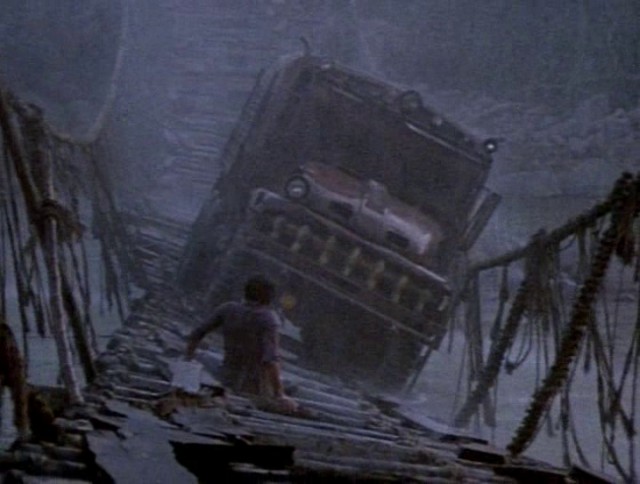
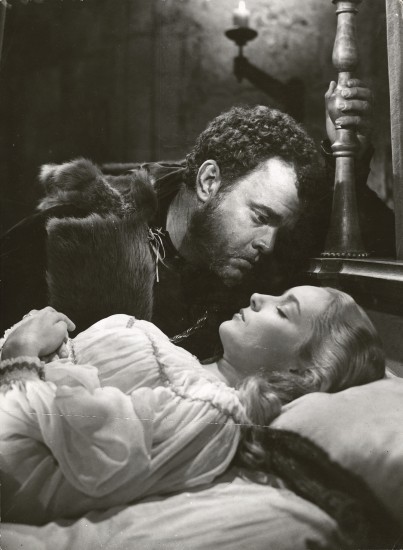
 Filmed in black-and-white over three years in multiple locations and ultimately employing five cinematographers, four editors, three Desdemonas, and two scores, it’s rather amazing that Orson Welles’s 1952 independent production of William Shakespeare’s Othello was ever completed — of course, many Welles projects were not. That the final work turned out to be a masterpiece that won the Palme d’Or at Cannes speaks yet more to Welles’s genius. A newly restored version of Othello is in the midst of a two week-run at Film Forum, in conjunction with “Celebrate Shakespeare 2014!,” a worldwide festival honoring the Bard’s 450th birthday. Welles, who directed the picture and plays the title character, streamlined the story into ninety-five minutes, getting to the heart of the most intense tale of jealousy and betrayal ever told. The film opens with shadowy shots of the dead Othello and his deceased wife, Desdemona (Suzanne Cloutier), carried aloft on biers at their dual funeral, to the sounds of an ominous piano and a mournful vocal chorus. The credits soon follow, after which Welles returns to the beginning, as the villainous ensign Iago (Micheál MacLiammóir) plots with Roderigo (Robert Coote) to convince Othello that his loyal and devoted wife is actually in love with the heroic soldier Michael Cassio (Michael Laurence).
Filmed in black-and-white over three years in multiple locations and ultimately employing five cinematographers, four editors, three Desdemonas, and two scores, it’s rather amazing that Orson Welles’s 1952 independent production of William Shakespeare’s Othello was ever completed — of course, many Welles projects were not. That the final work turned out to be a masterpiece that won the Palme d’Or at Cannes speaks yet more to Welles’s genius. A newly restored version of Othello is in the midst of a two week-run at Film Forum, in conjunction with “Celebrate Shakespeare 2014!,” a worldwide festival honoring the Bard’s 450th birthday. Welles, who directed the picture and plays the title character, streamlined the story into ninety-five minutes, getting to the heart of the most intense tale of jealousy and betrayal ever told. The film opens with shadowy shots of the dead Othello and his deceased wife, Desdemona (Suzanne Cloutier), carried aloft on biers at their dual funeral, to the sounds of an ominous piano and a mournful vocal chorus. The credits soon follow, after which Welles returns to the beginning, as the villainous ensign Iago (Micheál MacLiammóir) plots with Roderigo (Robert Coote) to convince Othello that his loyal and devoted wife is actually in love with the heroic soldier Michael Cassio (Michael Laurence).